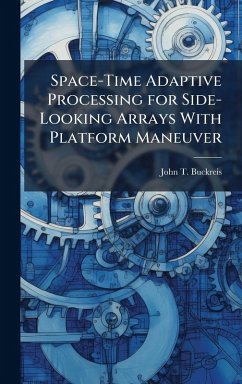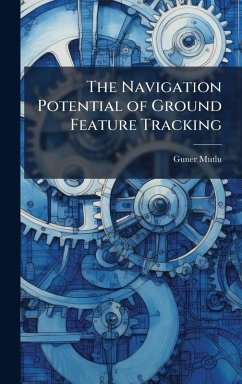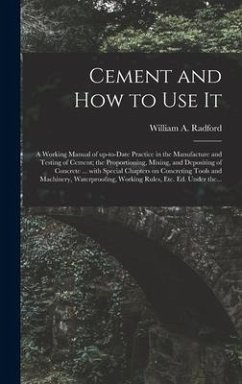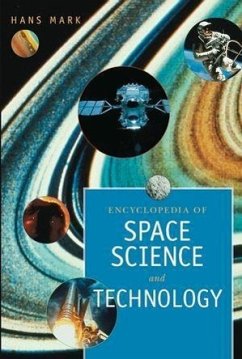
The Use of Space-Based Assets to Reduce the Effects of Natural Disasters
Versandkostenfrei!
Versandfertig in über 4 Wochen
25,99 €
inkl. MwSt.
Weitere Ausgaben:

PAYBACK Punkte
13 °P sammeln!
Natural disasters kill one million people around the world each decade, and leave millions homeless each year. As destructive as natural disasters are, there are means to reduce the effects of natural disasters. Reducing the effects of natural disasters requires volumes of data to improve preparation, response, and recovery efforts. By virtue of physical location and global access, satellites provide an ideal platform to collect and disseminate information related to natural disaster management. Specifically, imagery (multispectral, hyperspectral, synthetic aperture radar) and communication sa...
Natural disasters kill one million people around the world each decade, and leave millions homeless each year. As destructive as natural disasters are, there are means to reduce the effects of natural disasters. Reducing the effects of natural disasters requires volumes of data to improve preparation, response, and recovery efforts. By virtue of physical location and global access, satellites provide an ideal platform to collect and disseminate information related to natural disaster management. Specifically, imagery (multispectral, hyperspectral, synthetic aperture radar) and communication satellites are essential to the efforts of reducing the effects of natural disasters before, during, and after they occur. As capable as the individual satellites are in reducing the effects of natural disaster, new strategies of how to employ satellites are leveraging those capabilities even further. This work has been selected by scholars as being culturally important, and is part of the knowledge base of civilization as we know it. This work was reproduced from the original artifact, and remains as true to the original work as possible. Therefore, you will see the original copyright references, library stamps (as most of these works have been housed in our most important libraries around the world), and other notations in the work. This work is in the public domain in the United States of America, and possibly other nations. Within the United States, you may freely copy and distribute this work, as no entity (individual or corporate) has a copyright on the body of the work. As a reproduction of a historical artifact, this work may contain missing or blurred pages, poor pictures, errant marks, etc. Scholars believe, and we concur, that this work is important enough to be preserved, reproduced, and made generally available to the public. We appreciate your support of the preservation process, and thank you for being an important part of keeping this knowledge alive and relevant.












